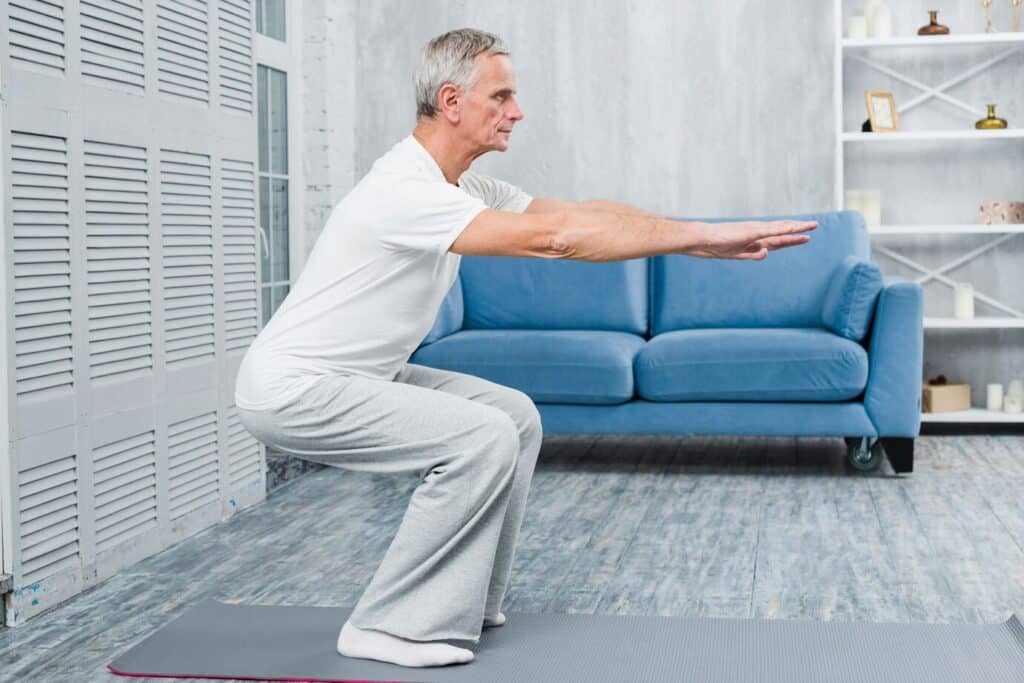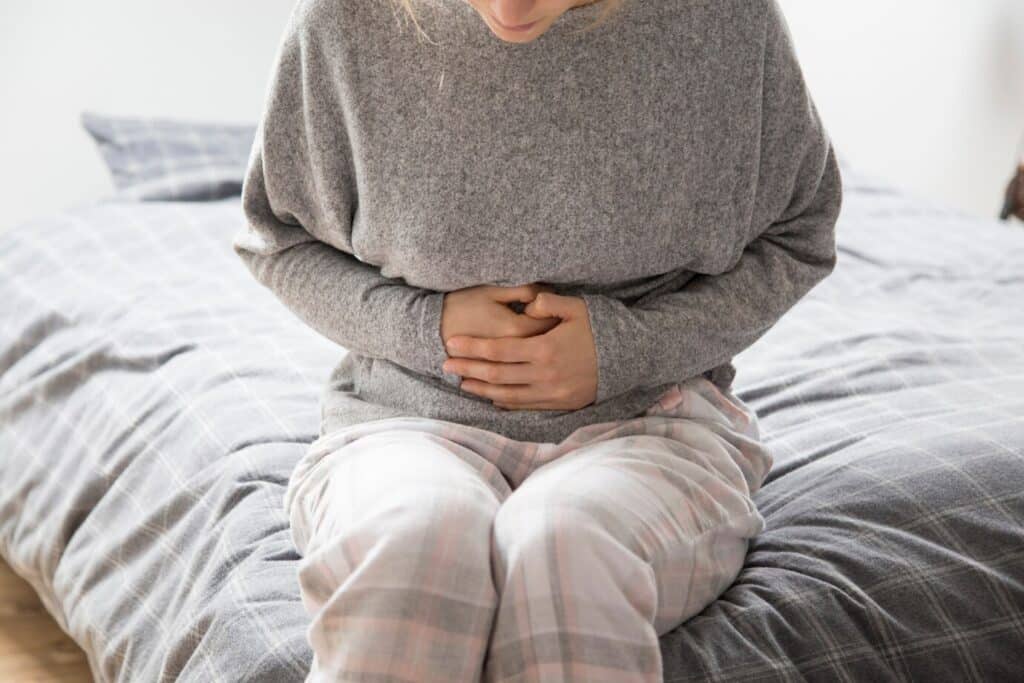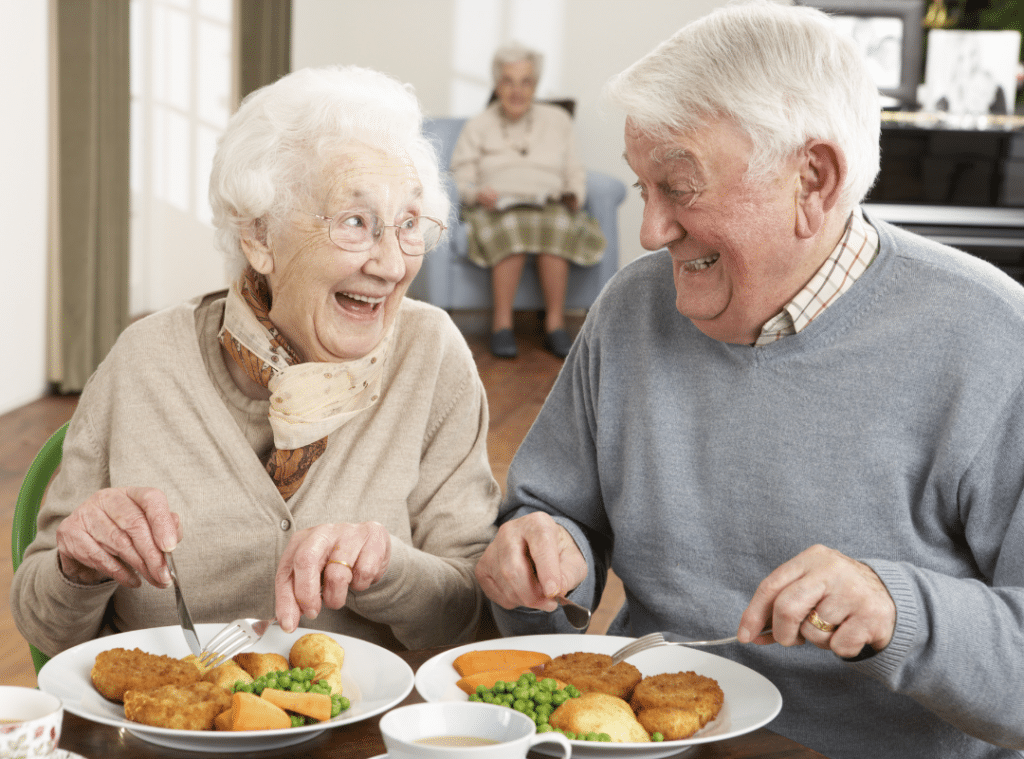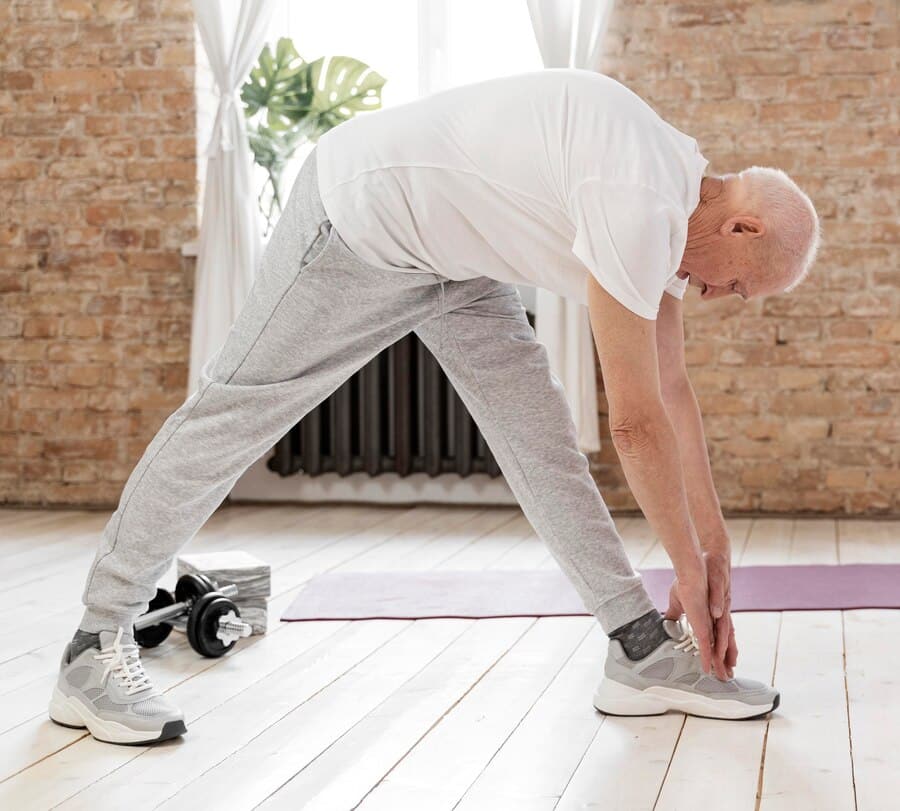When it comes to seniors’ health and mobility, Westmont of Chico’s geriatric physical therapy serves as a beacon of hope, illuminating a path towards enhanced well-being and independence. The transformative effects of tailored exercises and specialized interventions can be truly remarkable, ushering in a new chapter of energy and resilience in the golden years.
The journey to improved physical health and mobility for seniors is not just about maintaining; it’s about thriving. Discover how Westmont of Chico’s geriatric physical therapy can empower you to embrace a life of strength, flexibility, and renewed vitality.
Enhanced Balance and Stability
If you’ve found yourself feeling unsteady on your feet more frequently than before, geriatric physical therapy can greatly help enhance your balance and stability. Fall prevention becomes a pivotal focus during these sessions, where skilled therapists work with you to improve your functional movement. Through targeted exercises and techniques, they help you regain control and confidence in your movements, reducing the risk of falls and injuries. Additionally, therapists at Westmont Senior Living focus on personalized care plans and state-of-the-art therapy techniques to address balance and stability concerns effectively.
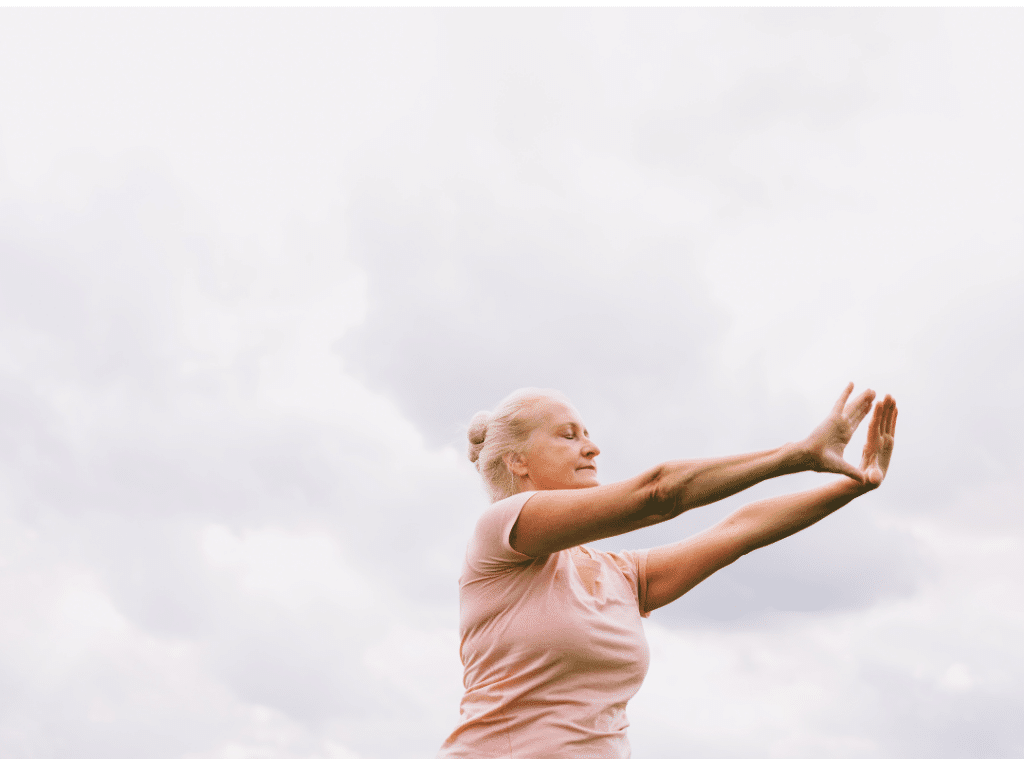
Improved Strength and Flexibility
Enhancing your strength and flexibility is a key focus of geriatric physical therapy sessions. By incorporating resistance training and stretching techniques, you can experience significant improvements in your overall physical well-being. Resistance training helps build muscle mass and bone density, essential for maintaining strength and stability as you age.
Stretching techniques not only enhance flexibility but also improve joint mobility and reduce the risk of injuries. Regular sessions of geriatric physical therapy can also tailor exercises to address individual needs, ensuring a personalized and effective approach to improving your health and mobility.
Pain Management for Chronic Conditions
Managing pain caused by chronic conditions is a vital aspect of geriatric physical therapy tailored to seniors. It’s important to address your discomfort effectively to improve your overall quality of life. Through the use of alternative modalities such as acupuncture, massage therapy, or hydrotherapy, physical therapists can help you manage chronic pain. These holistic approaches can complement traditional treatments, providing you with a well-rounded pain management plan. Additionally, incorporating proper posture and spinal alignment into your daily routine can significantly reduce chronic pain and improve mobility.
Fall Prevention Strategies
For older adults, fall prevention is an essential aspect of maintaining independence and overall well-being. Implementing strategies to reduce the risk of falls can greatly improve the quality of life for seniors.
Here are some effective fall prevention strategies you can consider:
- Home modifications: Make your living space safer by installing grab bars in the bathroom, adding non-slip mats to slippery surfaces, and ensuring sufficient lighting in hallways and staircases.
- Exercise programs: Engage in regular physical activity to enhance strength, balance, and flexibility. Consider activities like tai chi, yoga, or water aerobics to boost your overall stability.
- Regular vision check-ups: Confirm your vision is up to date to avoid tripping over obstacles that you may not see clearly.
- Medication review: Consult with your healthcare provider to review your medications, as some may cause dizziness or impact your balance. It’s crucial to be aware of potential drug interactions that could affect your stability.
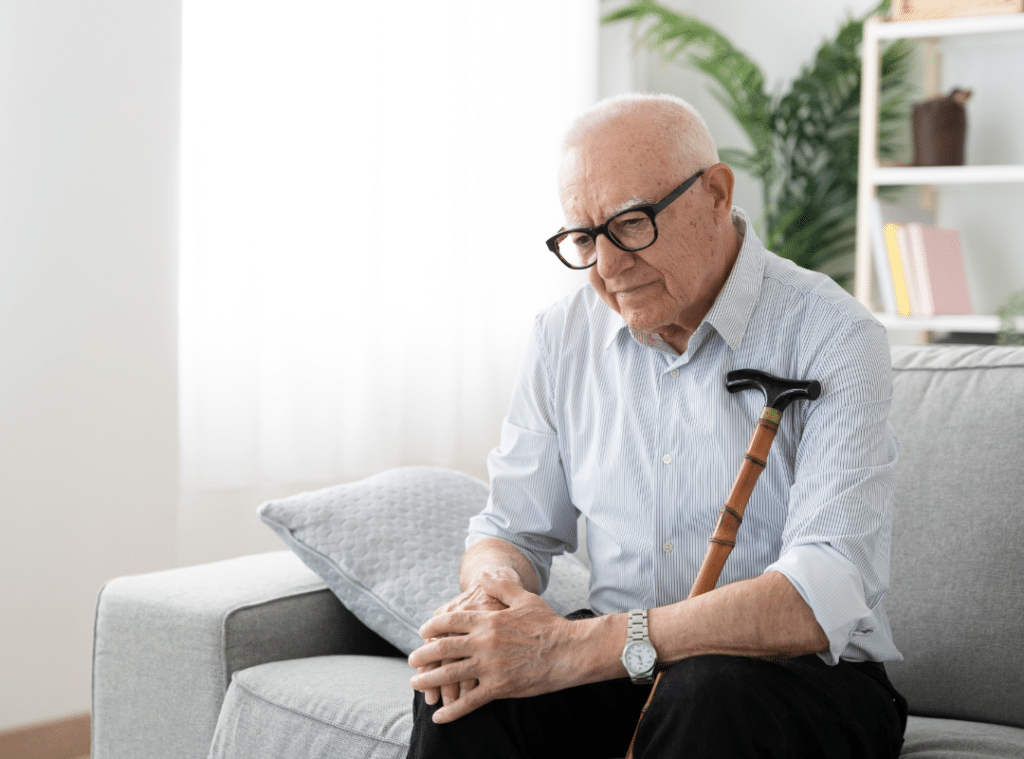
Cardiovascular Health Promotion
To promote cardiovascular health as a senior, prioritizing lifestyle habits that support your heart’s well-being is vital. Maintaining heart health is pivotal for overall well-being and quality of life. Engaging in regular physical activity, such as walking, swimming, or gentle aerobics, can help improve blood circulation, strengthen your heart, and lower the risk of heart disease.
Additionally, incorporating a balanced diet rich in fruits, vegetables, lean proteins, and whole grains can further support your heart health. It’s important to monitor your blood pressure and cholesterol levels regularly to catch any potential issues early on. Managing stress through relaxation techniques like deep breathing, meditation, or yoga can also positively impact your heart health. Seniors can also benefit from vaccination against respiratory illnesses like pneumonia to safeguard their overall health.
Enhanced Mobility and Independence
Improving your mobility and independence as a senior is essential for maintaining a high quality of life. Geriatric physical therapy can help you achieve these goals by enhancing your ability to move freely and perform daily tasks independently. Here are four key ways in which enhanced mobility and independence can benefit you:
- Increased Confidence: By improving your mobility, you’ll feel more confident in your ability to navigate your surroundings and engage in activities you enjoy.
- Enhanced Quality of Life: Greater mobility and independence lead to a more fulfilling and active lifestyle, allowing you to participate in social events, travel, and hobbies with ease.
- Reduced Risk of Falls: Enhanced mobility can lower the risk of falls, which is essential for maintaining your safety and preventing injuries.
- Greater Sense of Freedom: Being able to move independently can provide you with a sense of freedom and autonomy, enhancing your overall well-being and happiness.
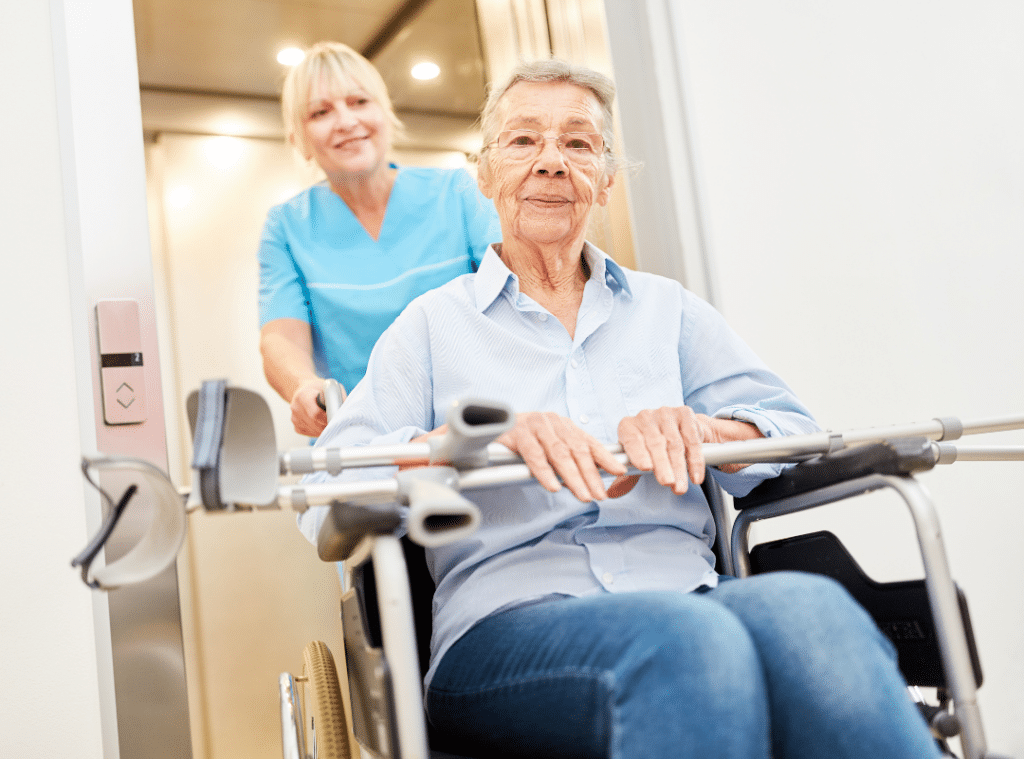
Rehabilitation After Surgery or Injury
Enhancing your mobility and independence through geriatric physical therapy plays a significant role in your overall well-being, especially when facing challenges such as rehabilitation after surgery or injury. Whether you’re recovering from a post-operative procedure or working through an injury rehabilitation, geriatric physical therapy can help you regain strength, flexibility, and function.
Post-operative recovery requires specialized care to ensure a safe and effective return to your daily activities. Geriatric physical therapy focuses on tailored exercises and techniques to expedite your recovery process and minimize any complications that may arise.
Similarly, injury rehabilitation can be a challenging journey, but with the guidance of a skilled physical therapist, you can navigate it with confidence. Through targeted exercises and personalized treatment plans, you can work towards rebuilding your strength and mobility, ultimately enhancing your quality of life.
As you continue your journey towards improved health and mobility with geriatric physical therapy at Westmont of Chico, remember that each step you take is like a brush stroke on a canvas, creating a masterpiece of strength and energy. Keep pushing forward, knowing that with each session, you are sculpting a stronger, more resilient version of yourself. Trust in the process, embrace the challenges and watch as your body transforms into a work of art. You’ve got this! Call us at 530-767-3886 to schedule your next session.
What Level of Care Do You Need?
Discover the level of care you or your family member requires.
Frequently asked questions
What does geriatric physical therapy do?
Geriatric physical therapy focuses on improving mobility, strength, and balance for older adults to enhance their overall quality of life. It addresses age-related conditions like arthritis, osteoporosis, and balance disorders. The therapy aims to reduce pain, prevent falls, and promote independence in daily activities. Tailoring exercises to individual needs helps seniors maintain or regain physical function.
What is considered a geriatric PT?
A geriatric physical therapist specializes in treating older adults, focusing on age-specific challenges like reduced mobility, joint pain, and muscle weakness. They often work with patients who have chronic conditions or are recovering from surgeries, falls, or strokes. These therapists design personalized exercise programs and provide education on safe movement strategies. Their goal is to improve functional abilities and overall well-being for the aging population.
What are the types of geriatric rehabilitation?
Geriatric rehabilitation includes physical therapy, occupational therapy, and speech therapy, depending on the patient’s needs. Physical therapy targets strength, balance, and mobility issues, while occupational therapy focuses on improving daily living skills. Speech therapy helps with communication and swallowing difficulties often seen in older adults. Comprehensive rehabilitation may also involve cognitive and emotional support to address mental health and memory-related challenges.
What therapy is best for the elderly?
The best therapy for the elderly depends on their specific health needs and goals. Physical therapy is ideal for improving mobility and managing pain, while occupational therapy supports independence in daily activities. For cognitive or speech challenges, speech therapy is beneficial. A multidisciplinary approach combining various therapies often yields the best outcomes for holistic care.




